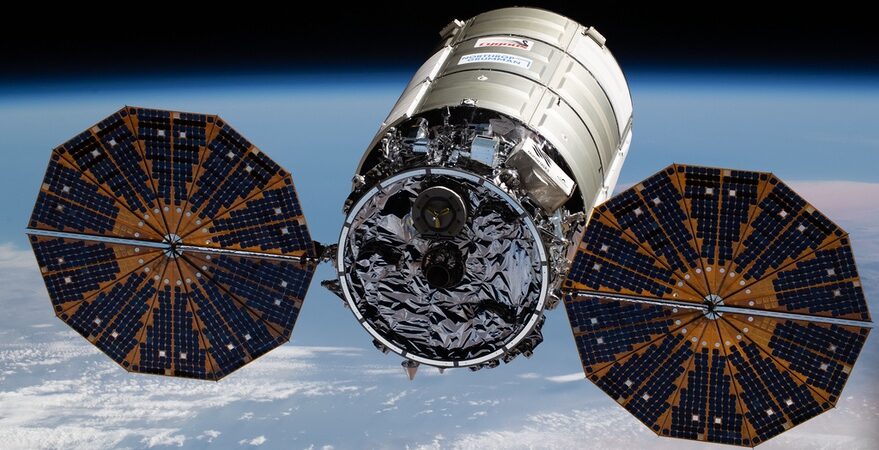NASA’s mission via Northrop Grumman’s Cygnus cargo spacecraft was scheduled for an initial launch on 11/6 but was pushed back a day later after a fire alarm at a control center 10 min prior to launch. As the spacecraft was targeted towards the International Space Station, another launch window was available the next day. Unfortunately, Cygnus faced further setbacks during its actual launch, with one of its two solar arrays failing to deploy. NASA must now decide Cygnus can safely dock to the ISS as the undeployed or partially deployed array can impact its positioning while ISS robotic arm captures it.
While this is an instance of physical malfunction, it’s interesting to consider a cyberattack as a potential cause, such as injecting malicious code that alters the spacecraft’s mission. NASA anticipated such a potential malfunction as it has experienced similar failures in the past with its Lucy asteroid mission. The preparation shows, with the Cygnus spacecraft being able to delay its approach to the ISS while engineers assess potential resolutions. Thus, it’s vital that all potential attack vectors be taken into consideration to potentially remedy the situation and bring the mission back on course.
